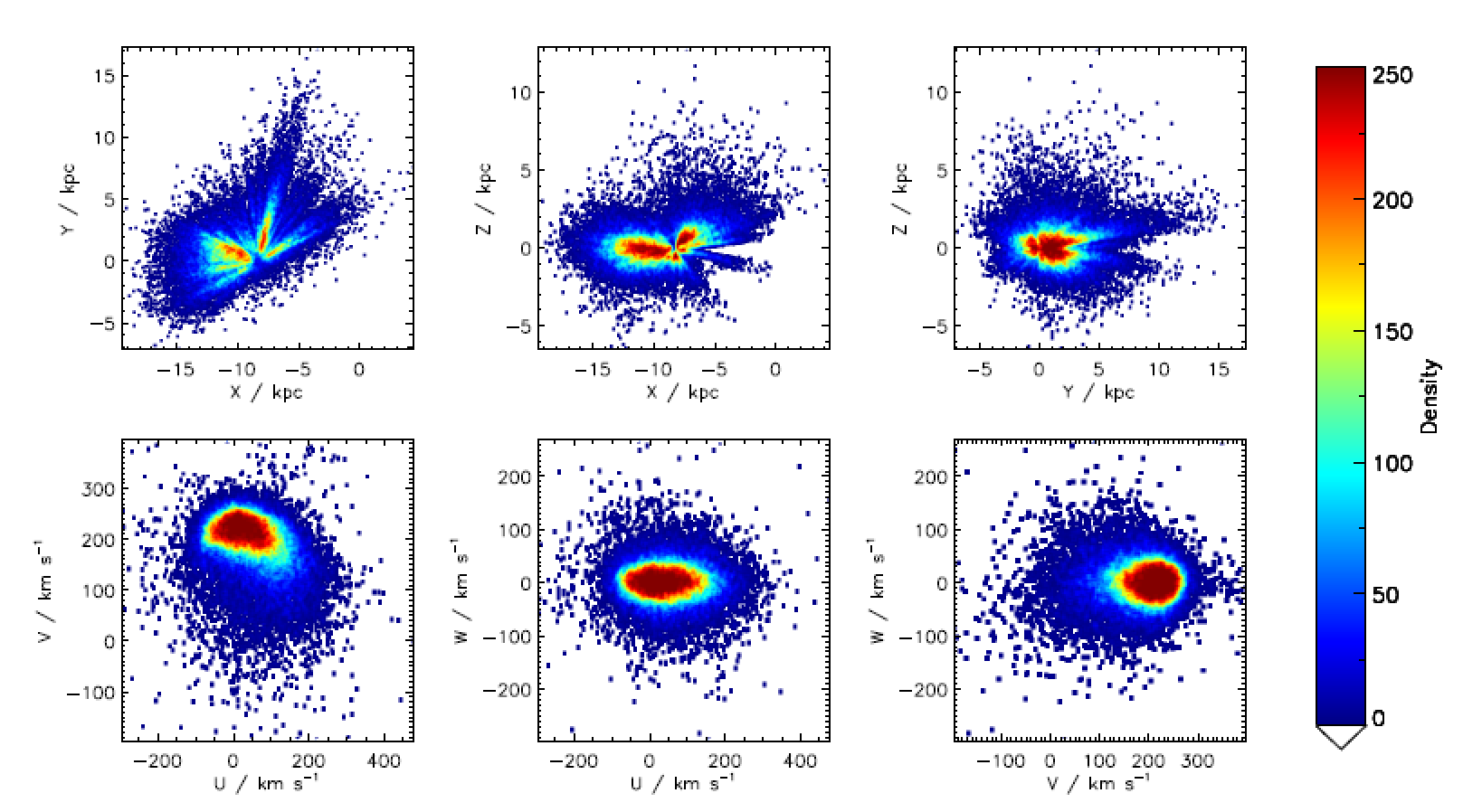You are here
LAMOST publish the biggest spectroscopy catalogs of M type stars
Recently , associated researcher of the Shanghai Observatory, Jing Zhong, China West Normal Unicersity Jing Li, Prof Li Chen and Jinliang Hou From Shanghai Observatory, collaborate with LSST Prof. Jeff Carlin, Univerisity of Chile, Prof. Rene Mendez present new catalogs of M giant and M dwarf stars from the LAMOST DR5. In total, 39,796 M giants and 501.152 M dwarfs are identified from the classification pipeline. It provides important data support for further study of the Milky Way and star formation and evolution using M-type stars. This work has already published in the Astrophysical Journal Supplement Series (ApJS, 2019, 244,8)
M-type stars are one of low-temperature stars with a surface temperature less than 4000K. They are divided M-giant and M-dwarf stars according to their luminosity and surface gravity. Each has different physical properties and research value:
M dwarfs, also known as red dwarfs, are small-mass main-sequence stars . There are about 70% of the stars in the Milky Way are M dwarfs. Due to its small size and low luminosity, it can only be observed in the range of 1~2 Kpc in the solar neighborhood, which is very suitable as a tracer for studying the chemical/dynamic characteristics of the solar neighborhood. In addition, this type of star is also a popular observation target for humans to search for exoplanets and to find livable celestial bodies.
The M giant stars, are very bright. They are almost at the last stage in stellar evolution.They have exhausted most of the hydrogen inside the star. The M giant star consists of a huge hydrogen envelope with a radius up to 1AU (about 215 solar radii). The large radii make them with high luminosity and are easily detected even at pretty far awary distances. So M giant stars are a powerful tool for tracing the metal-rich structures in the Galactic halo.

Figure 8. Galactocentric spatial distribution and space velocity distribution of confirmed M giants in LAMOST DR5. The spatial distribution clearly shows that the Galactocentric distances for most of M giants are less than 18 kpc.
